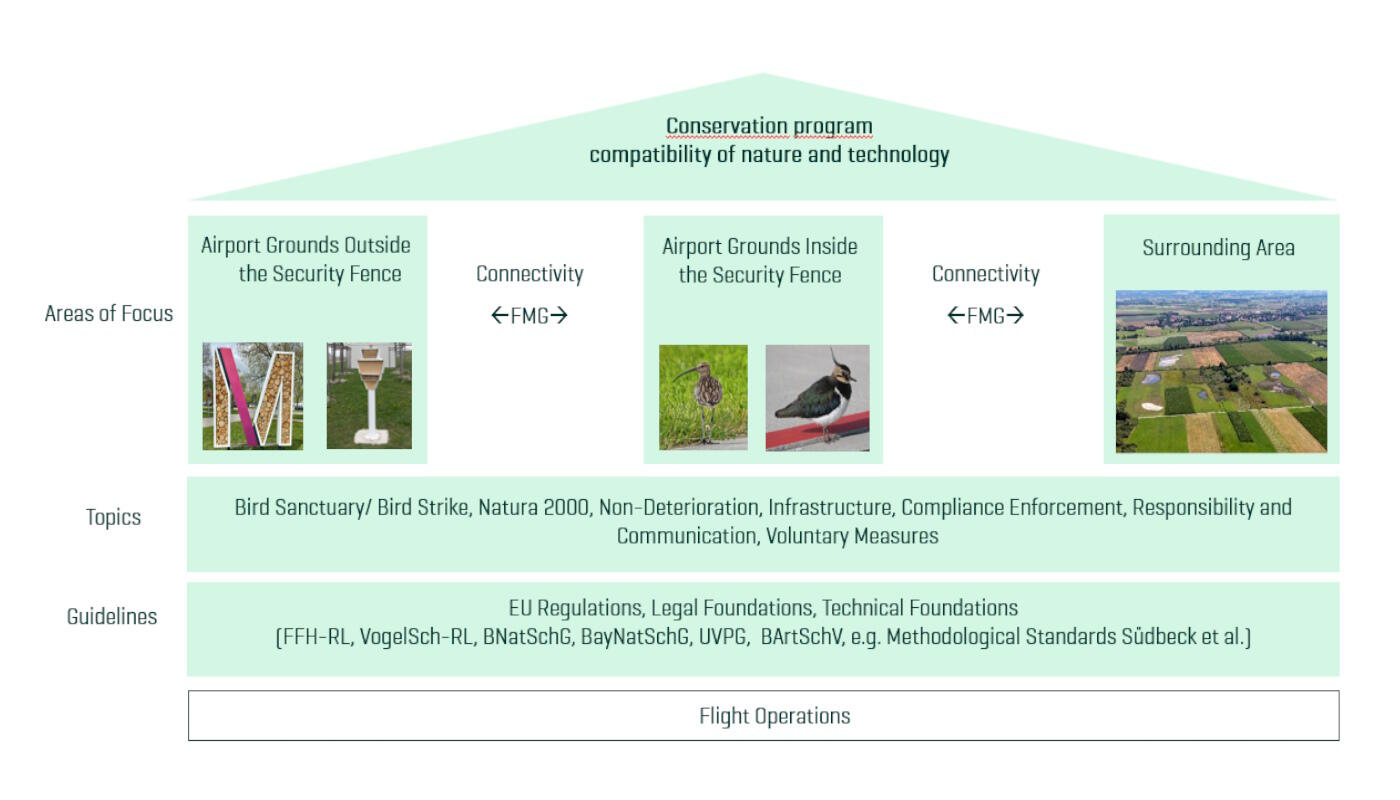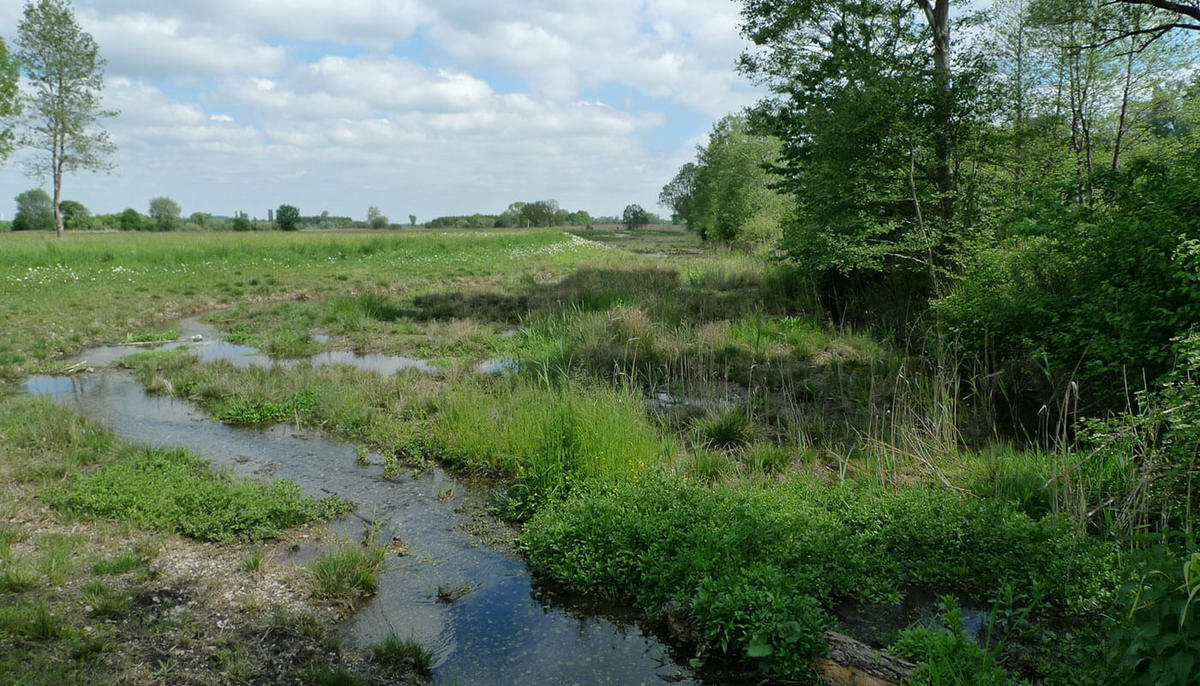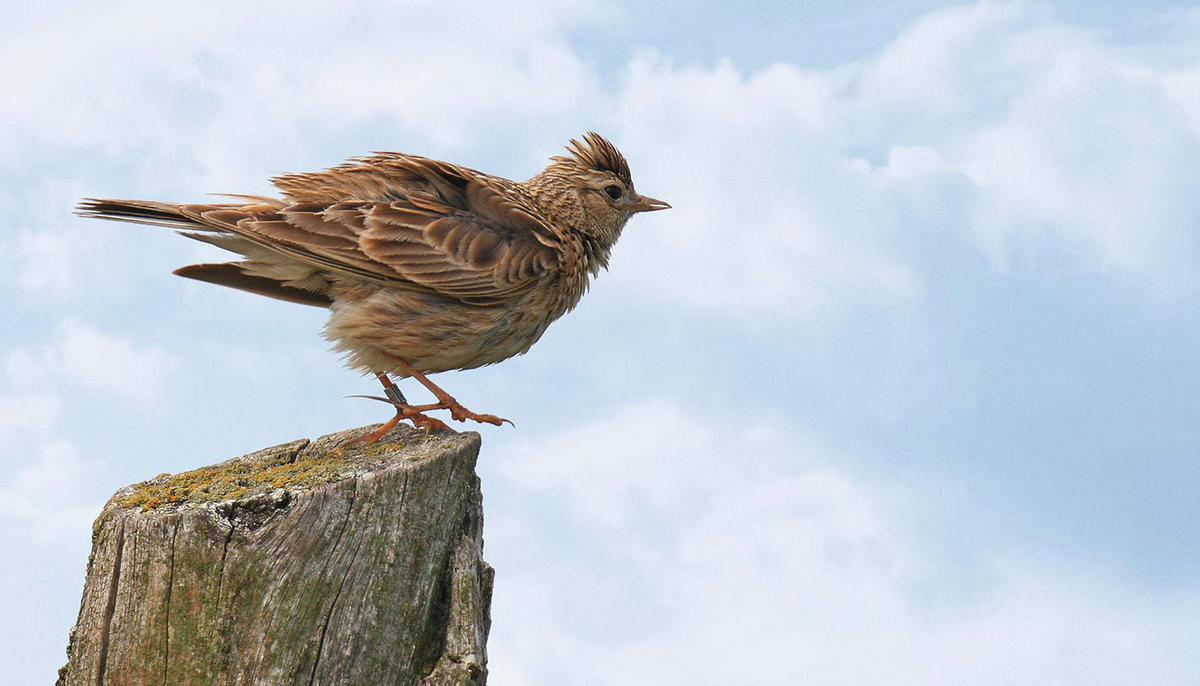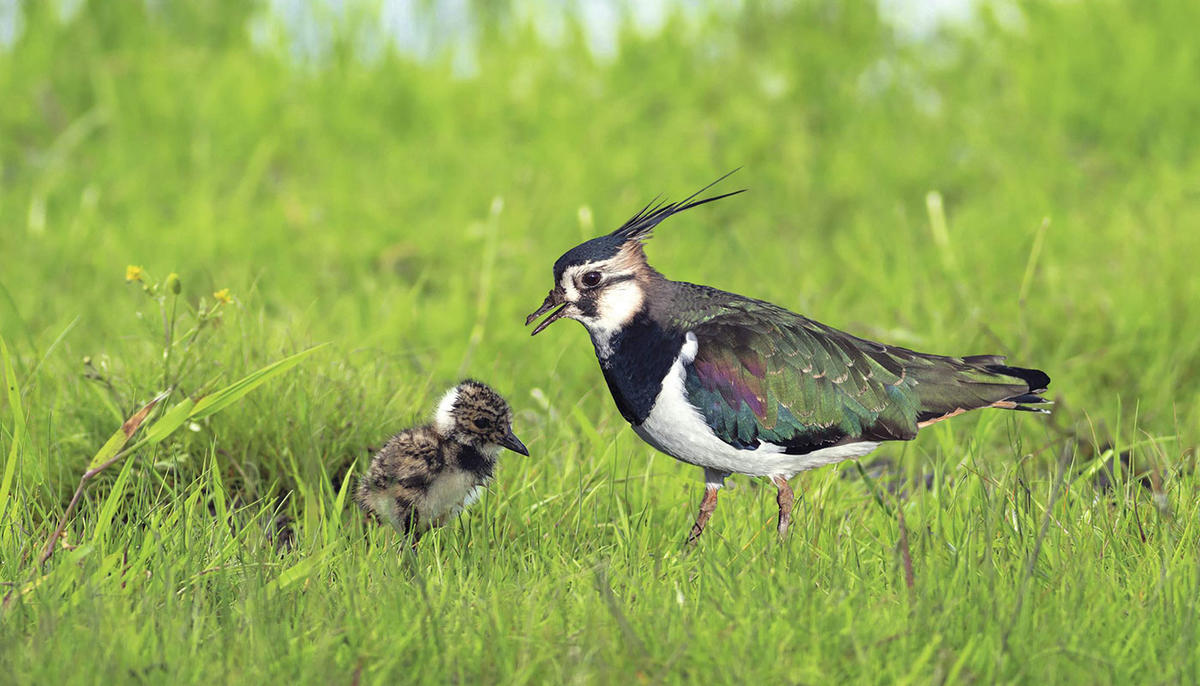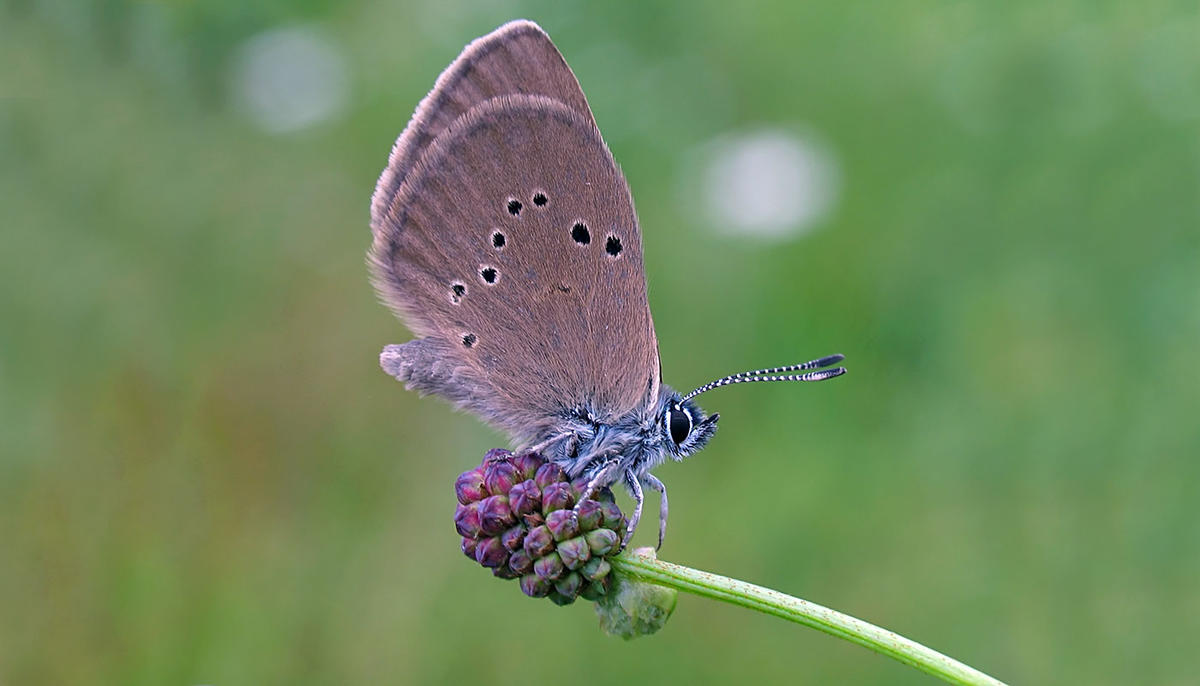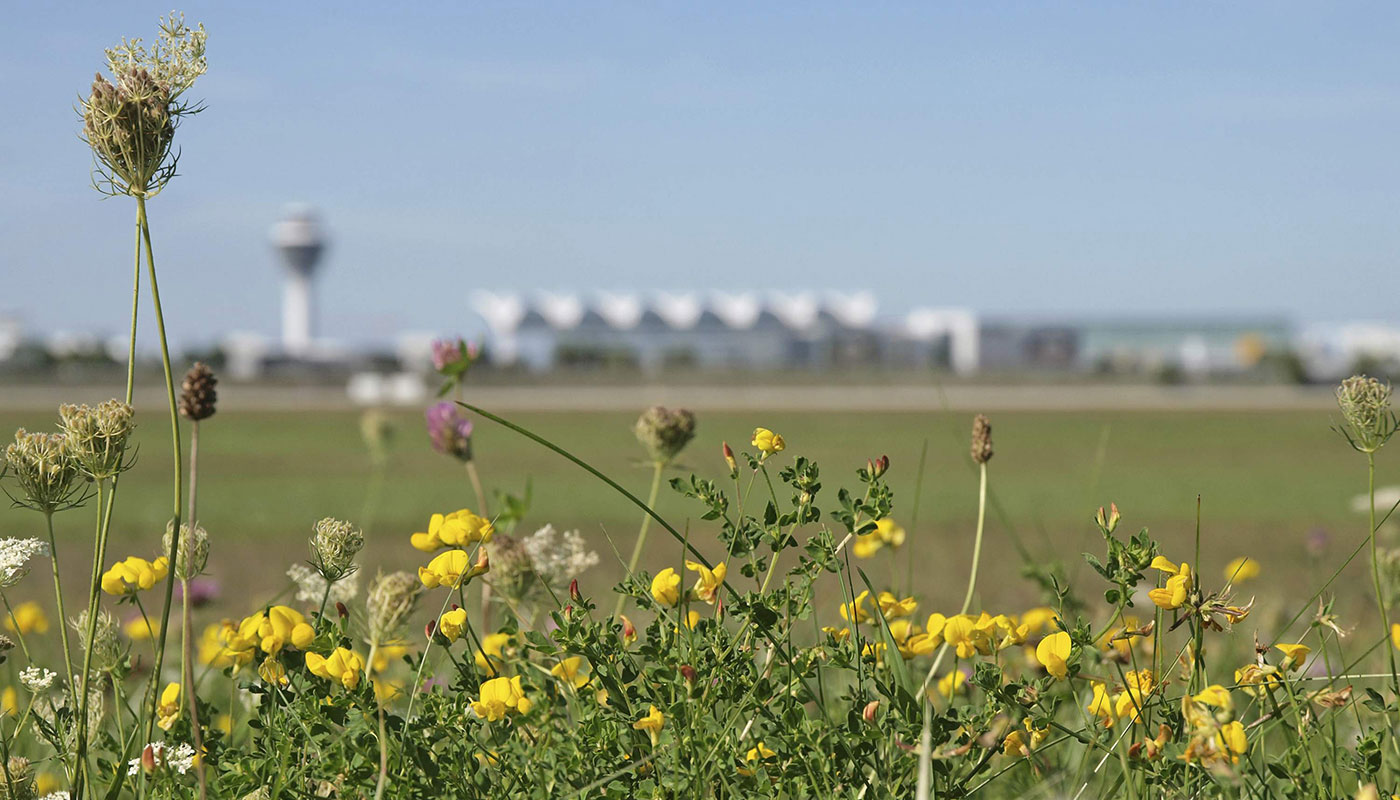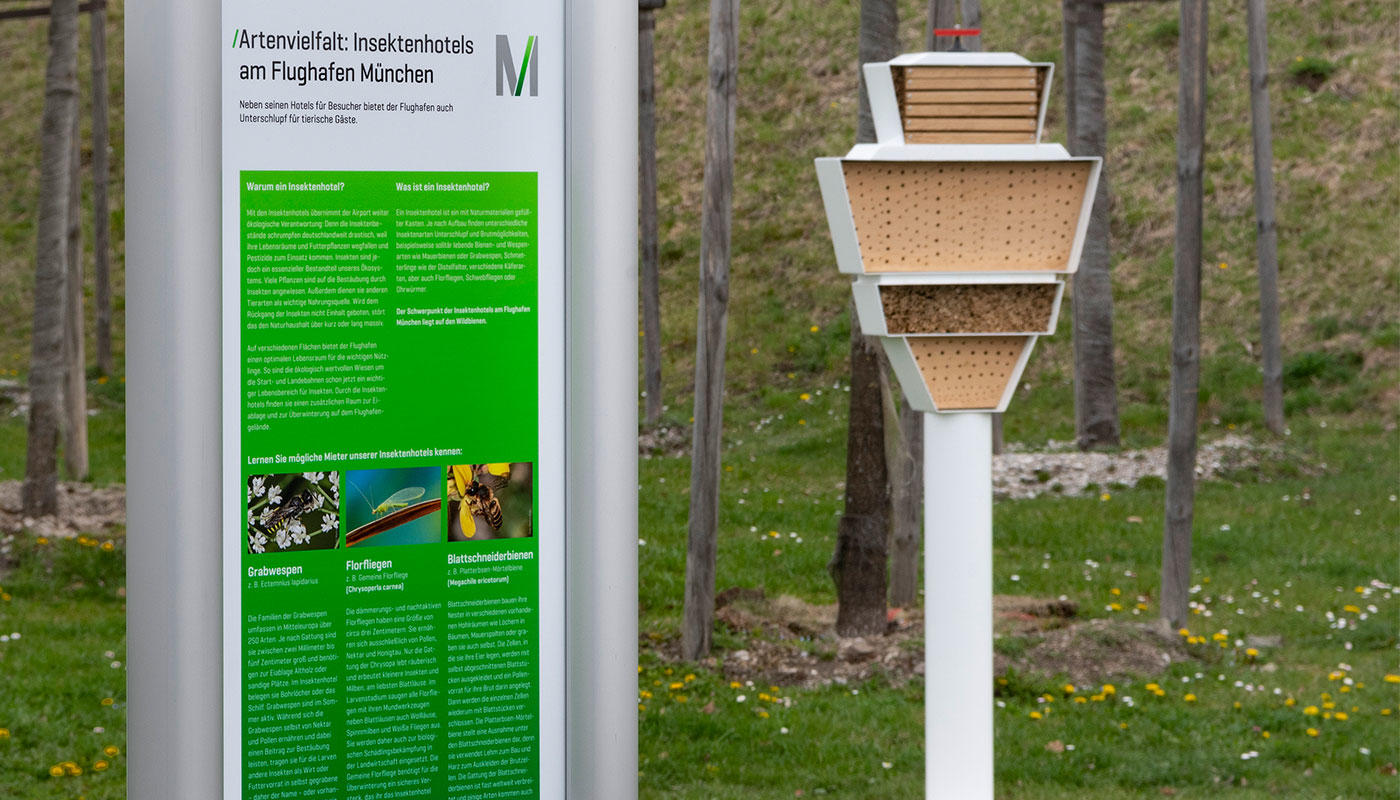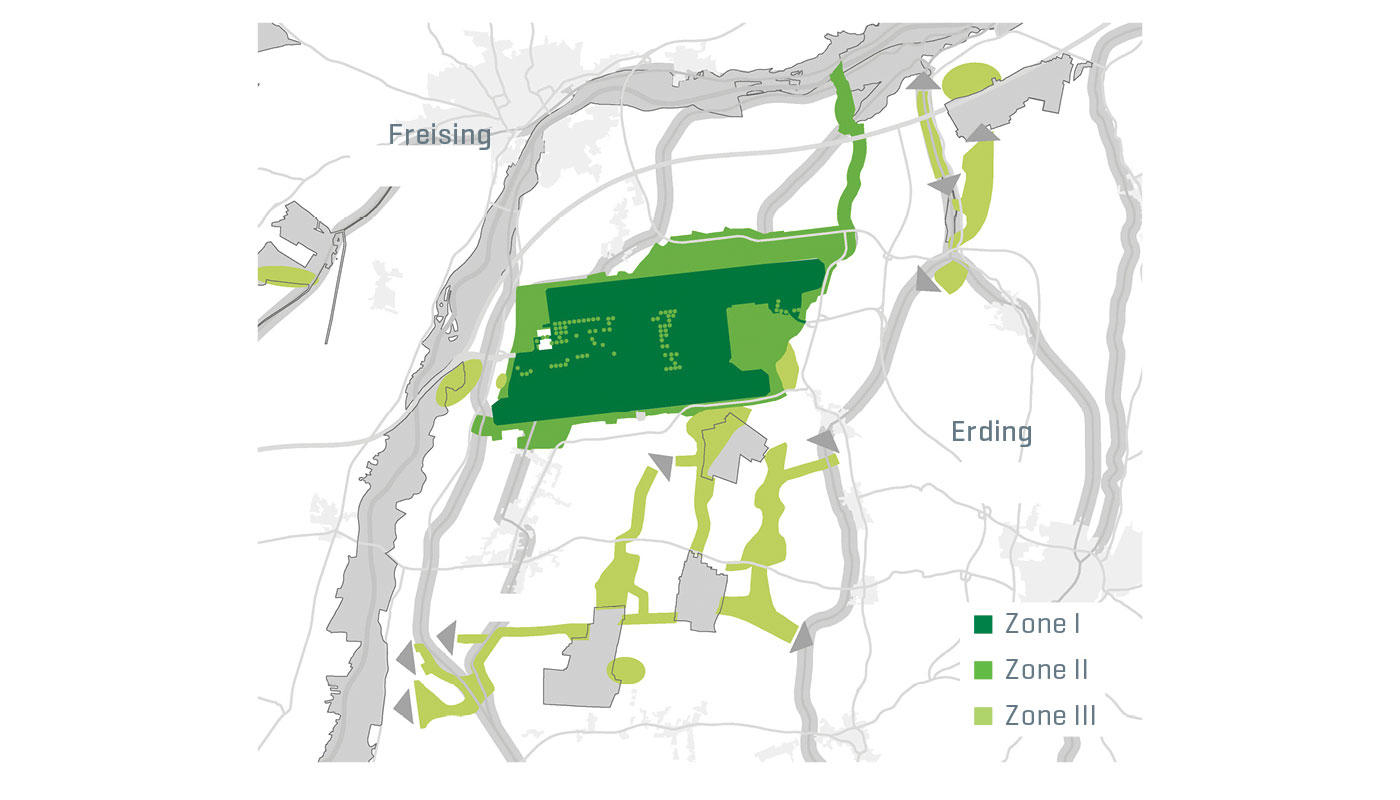The "Nördliches Erdinger Moos" bird sanctuary covers more than 4,500 hectares, including 666 hectares of meadows in the immediate vicinity of the runways.
These airport meadows in particular have become a valuable refuge for numerous endangered bird species. The curlew is particularly noteworthy: for this bird, the areas at Munich Airport represent the most important breeding ground in the whole of Bavaria.
Munich Airport thus impressively demonstrates that technical infrastructure and active nature conservation are not mutually exclusive, but can coexist in a balanced way.
Find out more here.









